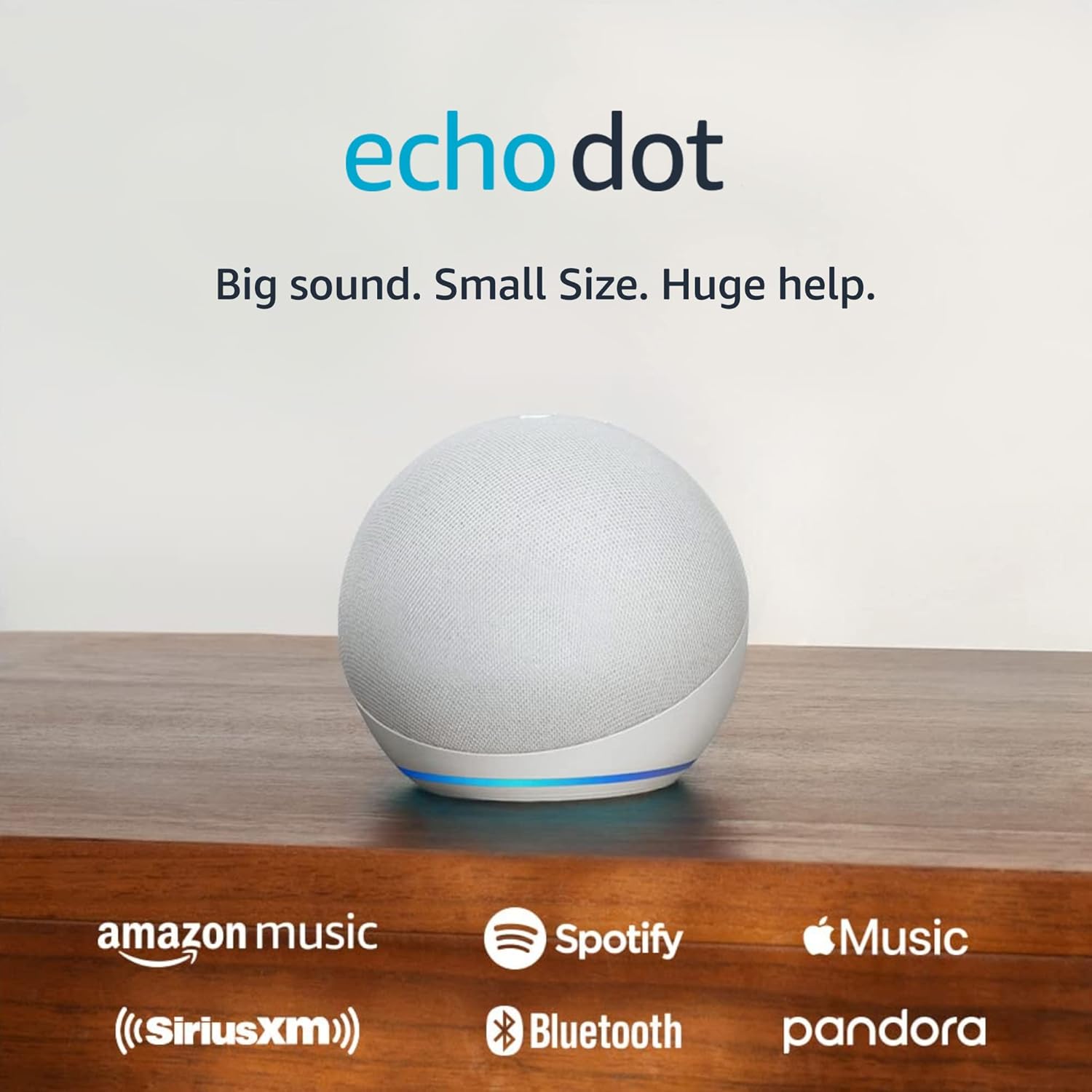Breaking Down the Differences: Basic Voice-Controlled Smart Homes vs. Fully AI-Integrated Living Spaces
The concept of smart homes has come a long way from simple automation to advanced AI-driven ecosystems. While both basic voice-controlled systems and fully AI-integrated living spaces fall under the umbrella of smart technology, their capabilities, functionality, and user experiences differ significantly. Let’s explore the key distinctions between these two approaches to modern living.
Basic Voice-Controlled Smart Homes
Voice-controlled smart homes are often the first step many homeowners take toward integrating technology into their living spaces. These systems rely on voice commands to activate or control devices, such as lights, thermostats, or entertainment systems. Popular platforms like Amazon Alexa, Google Assistant, and Apple’s Siri dominate this category.
Key Features:
- Voice Activation: Users can issue specific commands to control individual devices. For example, “Turn on the living room lights” or “Play relaxing music.”
- Device-Specific Functionality: Each device operates independently, requiring direct user input to execute tasks.
- Predefined Routines: Homeowners can create routines, such as “Good Morning,” to automate multiple tasks at once, but these routines must be manually programmed.
- Limited Learning Capabilities: While some systems can learn user preferences over time, their adaptability is often minimal and confined to straightforward tasks.
Pros:
- Affordable and easy to set up.
- Compatible with a wide range of devices and brands.
- Provides convenience through basic automation.
Cons:
- Requires constant user input and specific phrasing.
- Lacks the ability to predict or adapt to spontaneous needs.
- Limited interconnectivity between devices for seamless functionality.
Fully AI-Integrated Living Spaces
Fully AI-integrated living spaces represent the future of smart home technology, where artificial intelligence takes center stage. These systems transcend voice commands, operating autonomously to anticipate homeowners’ needs and adapt to their habits without requiring constant input.
Key Features:
- Autonomous Operation: The AI learns from daily patterns and behaviors, enabling it to automate tasks without prompts. For example, adjusting the thermostat based on your routine or dimming the lights as the evening sets in.
- Predictive Analytics: By analyzing data, the AI can predict needs before they arise, such as preheating the oven when it knows you’re preparing dinner or suggesting relaxation settings after a stressful day.
- Seamless Integration: Every device and system in the home operates as a cohesive unit, with the AI acting as the central brain.
- Continuous Improvement: These systems evolve over time, becoming more efficient and personalized as they gather more data about the homeowner’s preferences.
Pros:
- Highly personalized experiences tailored to the homeowner’s lifestyle.
- Reduces the need for manual input, offering true convenience and efficiency.
- Enhances energy efficiency by optimizing device usage based on real-time needs.
Cons:
- Higher initial cost due to advanced technology and installation requirements.
- Privacy concerns, as the system relies on extensive data collection.
- Potential compatibility issues with older smart devices.
Which Option Is Right for You?
Choosing between a basic voice-controlled smart home and a fully AI-integrated living space depends on your lifestyle, budget, and comfort with technology. For those seeking straightforward convenience and affordability, voice-controlled systems provide an excellent starting point. However, if you’re ready to embrace a futuristic, hands-off approach to home automation, AI-integrated living spaces offer unparalleled adaptability and personalization.
Both options enhance the way we live, but the leap to full AI integration represents a profound shift toward smarter, more intuitive living environments. As technology continues to evolve, the lines between these two categories may blur, bringing us closer to a world where our homes truly think—and act—for us.

Amazon Echo (4th Gen) – Smart speaker with premium sound and Alexa

Echo Pop – Full Sound Compact Smart Speaker with Alexa

Google Nest Audio (2nd Gen) – Smart Bluetooth speaker with Google Assistant

Leave a Reply